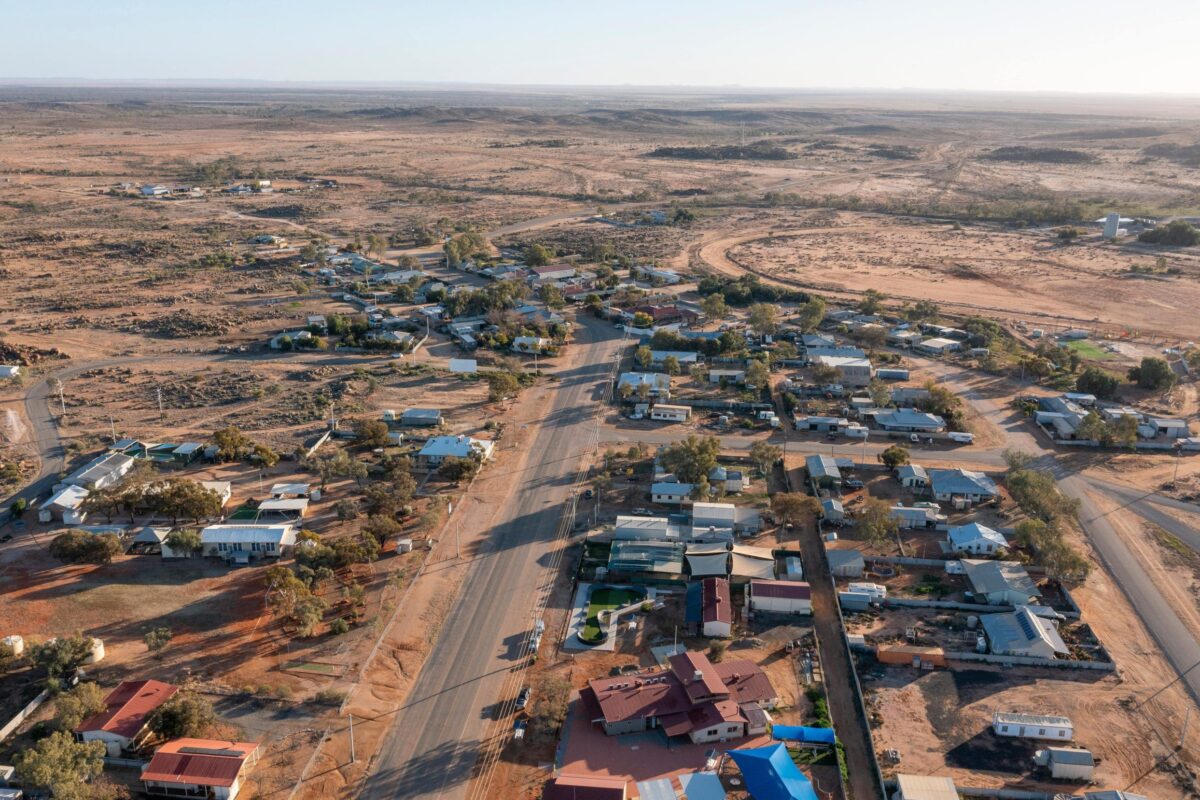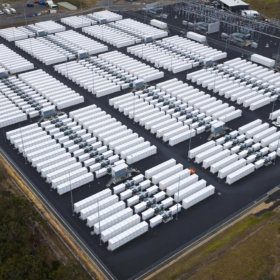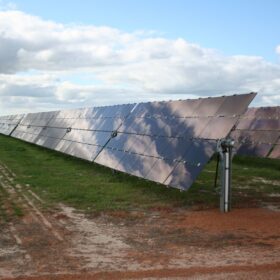The New South Wales (NSW) legislative council’s first report on the impact of renewable energy zones on rural and regional communities, has found residents in proximity to the Central-West Orana REZ (CWO REZ) have been negatively affected.
The REZ covers an area of approximately 20,000 square kilometres, encompassing the communities of Mudgee, Dubbo, Dunedoo and surroundings towns and villages, located between 330 and 400 kilometres northwest of Sydney.
The Impact of Renewable Energy Zones (REZ) on rural and regional communities and industries in New South Wales First Report, makes recommendations to address the unfolding impacts in the CWO REZ region.
Chaired by Shooters, Fishers and Farmers Party member of the legislative council Mark Banasiak, the committee made five recommendations, finding that “a significant proportion of the Central-West Orana community believe the CWO REZ has negatively impacted the region.
This conclusion comes in spite of a NSW government commitment of $128 million (USD 83 million) to the CWO REZ community benefit program, which includes a $15 million for a community Fund, $500,000 in small grants, a $10 million First Nations fund, and $2.9 million for the Renewable Energy Skills Legacy Program to boost the regional energy workforce.
The report highlights project development approval uncertainty is causing concern in communities, and says there are repercussions of inadequate consultation between the NSW government, renewable developers and the CWO community, which is “eroding social cohesion and undermining the social licence of renewable energy operators in the region”.
The government has granted CWO REZ access rights to 10 renewable energy projects with a combined capacity of 7.7 GW of renewable energy and storage, that includes the Lightsource bp Sandy Creek and Pacific Partnerships Cobbora solar farms and batteries.
The ACEREZ consortium is currently building new transmission lines and key infrastructure, while the Tilt Renewables’ Liverpool Range Wind Farm, ACEN’s Birriwa Solar and battery energy storage system (BESS) and Squadron Energy’s Spicers Creek Wind farm are approved and advancing.
The report also found communities are concerned about local agricultural industries, calling on the government to monitor impacts, and public liability insurance for properties adjacent to developments.
Lastly, the report finds the CWO REZ has caused significant challenges for local councils in the region.
The report recommends an independent cumulative impact study, that EnergyCo provide mental health support to affected landowners, that a review be conducted of the use of Social Impact Assessments (SIA), and ensure payments for land acquisitions are not taxed.
The fifth and final recommendation calls on the NSW government to identify ecological protection and restoration priorities for each of the state’s REZs’ and encourage developers to contribute to nature positive environmental regional outcomes.
This content is protected by copyright and may not be reused. If you want to cooperate with us and would like to reuse some of our content, please contact: editors@pv-magazine.com.









By submitting this form you agree to pv magazine using your data for the purposes of publishing your comment.
Your personal data will only be disclosed or otherwise transmitted to third parties for the purposes of spam filtering or if this is necessary for technical maintenance of the website. Any other transfer to third parties will not take place unless this is justified on the basis of applicable data protection regulations or if pv magazine is legally obliged to do so.
You may revoke this consent at any time with effect for the future, in which case your personal data will be deleted immediately. Otherwise, your data will be deleted if pv magazine has processed your request or the purpose of data storage is fulfilled.
Further information on data privacy can be found in our Data Protection Policy.